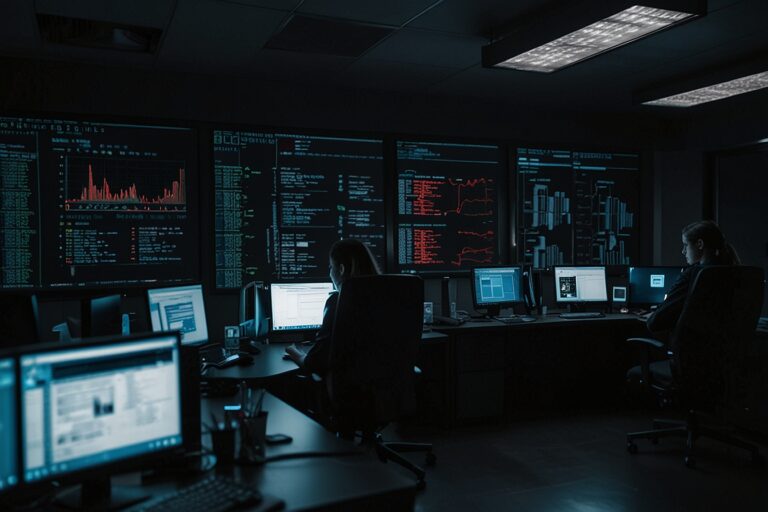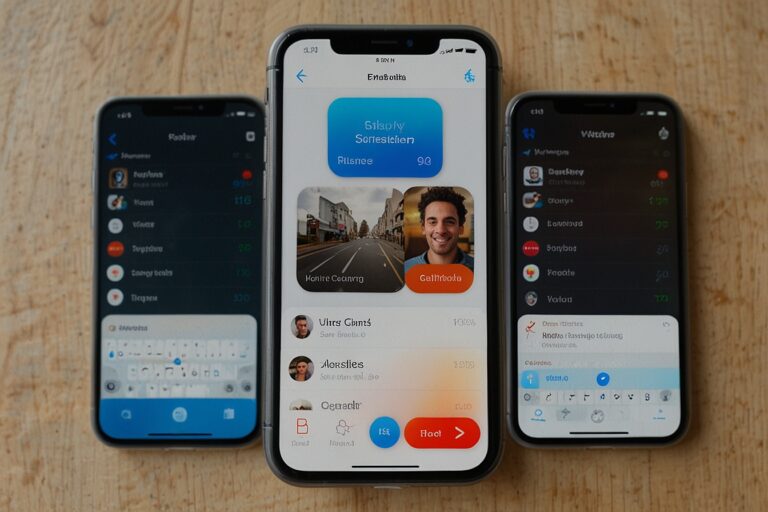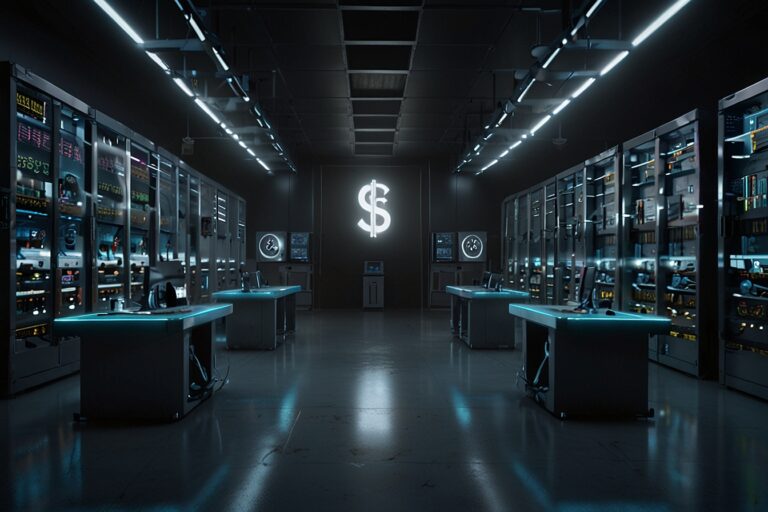
TL;DR
- Elon Musk hyping Tesla’s robotaxi pilot launch in Austin on June 22, but timeline remains uncertain.
- Tesla’s robotaxi ambitions lag behind competitors like Alphabet’s Waymo, which runs driverless taxis in multiple cities.
- Tesla’s brand and sales suffer amid Musk’s MAGA political pivot and rising competition from Chinese EV makers.
- Tesla stock has fallen 30% from its peak, needing a big impact from the robotaxi event.
- Past reveals like the “Cybercab” failed to excite investors due to lack of substance and unfinished technology.
- Musk’s massive wealth faces limits as his political bets and social media ventures falter.
- Musk now appears to be reviving his self-driving tech hype to regain momentum and investor confidence.
Elon Musk’s Robotaxi Dream Faces Reality Check
Elon Musk has long been known for making bold promises about Tesla’s future technologies, especially the robotaxi — a fleet of fully autonomous electric vehicles that would shuttle passengers without drivers. On June 22, Tesla plans to launch a robotaxi pilot program in Austin, Texas, but even Musk called the date tentative, emphasizing Tesla’s “super paranoid” focus on safety.
For over five years, Musk has repeatedly promised that Tesla’s robotaxi service was just around the corner, but delays and technological hurdles have pushed the timeline back again and again. As Tesla enthusiasts hold their breath, competitors like Alphabet’s Waymo have already launched paid driverless taxi services since 2020, providing hundreds of thousands of rides weekly across cities like San Francisco, Los Angeles, Phoenix, and Austin.
While Waymo’s autonomous fleet is not yet profitable, its early lead poses a significant challenge to Tesla’s ambitions, especially as Tesla’s Full Self-Driving (FSD) software still faces scrutiny and criticism for safety and reliability issues.
Tesla’s Brand and Sales Struggles Amid Political and Market Pressure
Tesla’s image has shifted dramatically in recent years. What once was seen as a luxury EV brand popular with progressives has become deeply associated with Musk’s polarizing political positions, notably his MAGA alignment. This political pivot contributed to a decline in Tesla sales globally, as some customers distanced themselves from the brand.
Additionally, Tesla faces fierce competition from Chinese electric vehicle manufacturers, who have gained significant market share with more affordable and innovative models. The long-anticipated Cybertruck has also underperformed relative to Musk’s lofty projections, and other Tesla models are aging with fewer significant updates.
This mix of political fallout, increased competition, and delayed product launches has hurt Tesla’s market value, with its stock down about 30% from its all-time high in December 2024.
Will the Robotaxi Event Revive Investor Confidence?
Tesla’s upcoming Austin event, showcasing the Cybercab robotaxi, is widely seen as a critical moment for Musk to impress investors and the public. However, there are reasons for skepticism.
Last fall, Tesla’s “Cybercab” reveal disappointed many investors, as it lacked substantive updates on the core Full Self-Driving tech and was overshadowed by the revelation that robot attendants were actually remotely operated humans.
Experts like GLJ Research’s Gordon Johnson describe the June event as more of a “proof of concept exercise” than a commercial launch, tempering expectations for immediate impact.
The question remains whether Musk’s hype machine can overcome the growing skepticism around Tesla’s ability to deliver on its self-driving promises.
Musk’s Wealth and Political Influence: Limits Exposed
Musk’s vast wealth and charisma have historically given him immense power to shape markets and narratives. But his recent political moves have revealed vulnerabilities.
In 2024, Musk spent nearly $300 million supporting MAGA campaigns, including Donald Trump and other Republicans. Yet, his relationship with Trump deteriorated quickly following social media outbursts, straining his political capital.
Musk’s $44 billion acquisition of Twitter aimed to create an “everything app” combining social, commerce, and communication. Instead, the platform saw a mass exodus of users and advertisers, resembling the chaotic environment of anonymous message boards.
His high-profile $20 million bet on a conservative Wisconsin Supreme Court candidate also backfired, damaging Musk’s image and energizing liberal opposition.
Damage Control and the Road Ahead
With Tesla’s brand weakened by political controversy and delayed innovation, Musk appears to be reigniting the self-driving car narrative as a path to redemption. The robotaxi launch — whenever it truly materializes — represents an opportunity to refocus attention on Tesla’s technological prowess.
President Trump recently commented on Musk’s struggles, saying, “The poor guy’s got a problem,” acknowledging Musk’s challenges in regaining momentum.
Tesla’s ability to recover depends on translating hype into tangible progress on robotaxis and addressing lingering doubts about safety, technology readiness, and product viability.
The Data
| Metric | Value | Source |
| Stock Decline Since Dec 2024 | ~30% | Yahoo Finance |
| Waymo Weekly Paid Rides | ~250,000 | Waymo Official |
| Tesla Robotaxi Pilot Launch | June 22, 2025 (tentative) | Tesla Announcement |
| Musk Campaign Spending | $300M (2024) | CNN Politics |
| Twitter Purchase Price | $44B | Reuters |
| Wisconsin Supreme Court Bet | $20M | Local News |





